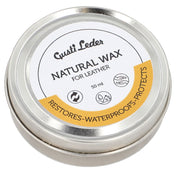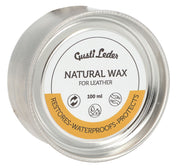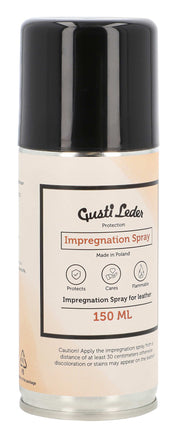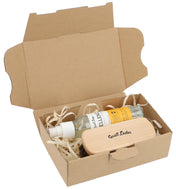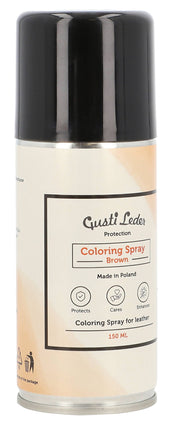Tannins General
Tanning is the most important step in leather production, as it is where the hides become genuine leather. Tanners use specific "tanning agents" to prevent the hides from decomposing. 4-45% of the tanning agents are absorbed into the hides, stored, and thus cause the breakdown of the collagen fibers in the leather. In addition to vegetable and synthetic tanning agents, chrome tanning agents are primarily used in this process.

Extraction of chromium(III) oxide
Unlike vegetable tanning agents, mineral raw materials are not soluble in water. Therefore, the water-soluble chromium salts must first be processed chemically. Of the 480,000 tons of chromium produced annually, 125,000 tons are chromium(III) oxide alone. This green chromium salt is used in 85% of all leather types in leather production worldwide. The chromium-containing wastewater and waste materials generated during chrome tanning are recovered, processed, and recycled in modern tanneries.

Properties of chrome-tanned leather
Comparing chrome-tanned leather with vegetable-tanned leather, one notices that, in addition to being almost twice as tensile strong, the finished leather is also significantly lighter. The tanning agent is only absorbed into the hide by up to 4%, making it easier to waterproof (waterproof). This tanning method is also particularly popular due to its cost-effective, material-saving, and, above all, fast tanning process.

Chromium(III) vs. chromium(VI) oxide in leather production
Chromium(III) oxide does not cause allergic reactions in most people and is therefore considered harmless. However, its related substance, chromium(VI) oxide, is harmful and should be avoided. However, it can rarely occur in fabrics tanned with chromium(III) under poor tanning conditions. This can best be prevented by vegetable retanning and regular use of fatliquoring agents.

Chrome in production at Gusti-Leder
All products in the Gusti Leather Studio line are chrome-tanned. The major producers of the Gusti Leather Studio series adhere to international production standards such as SA 8000. Regular laboratory tests ensure that all leather types from the producers comply with the chromium VI guidelines. These tests are conducted by recognized laboratories in India and by TÜV SÜD.
You can find more information about the different tanning methods in this video:
Additional sources (accessed 04.12.2018):
-
leder-info(dot)de/index.php/Gerbstoff
-
leather-info(dot)de/index-php/mineral tanning
-
leder-info(dot)de/index.php/Chromgerbung
-
lederzentrum(punkt)de/wiki/index.php/Chrom-III

